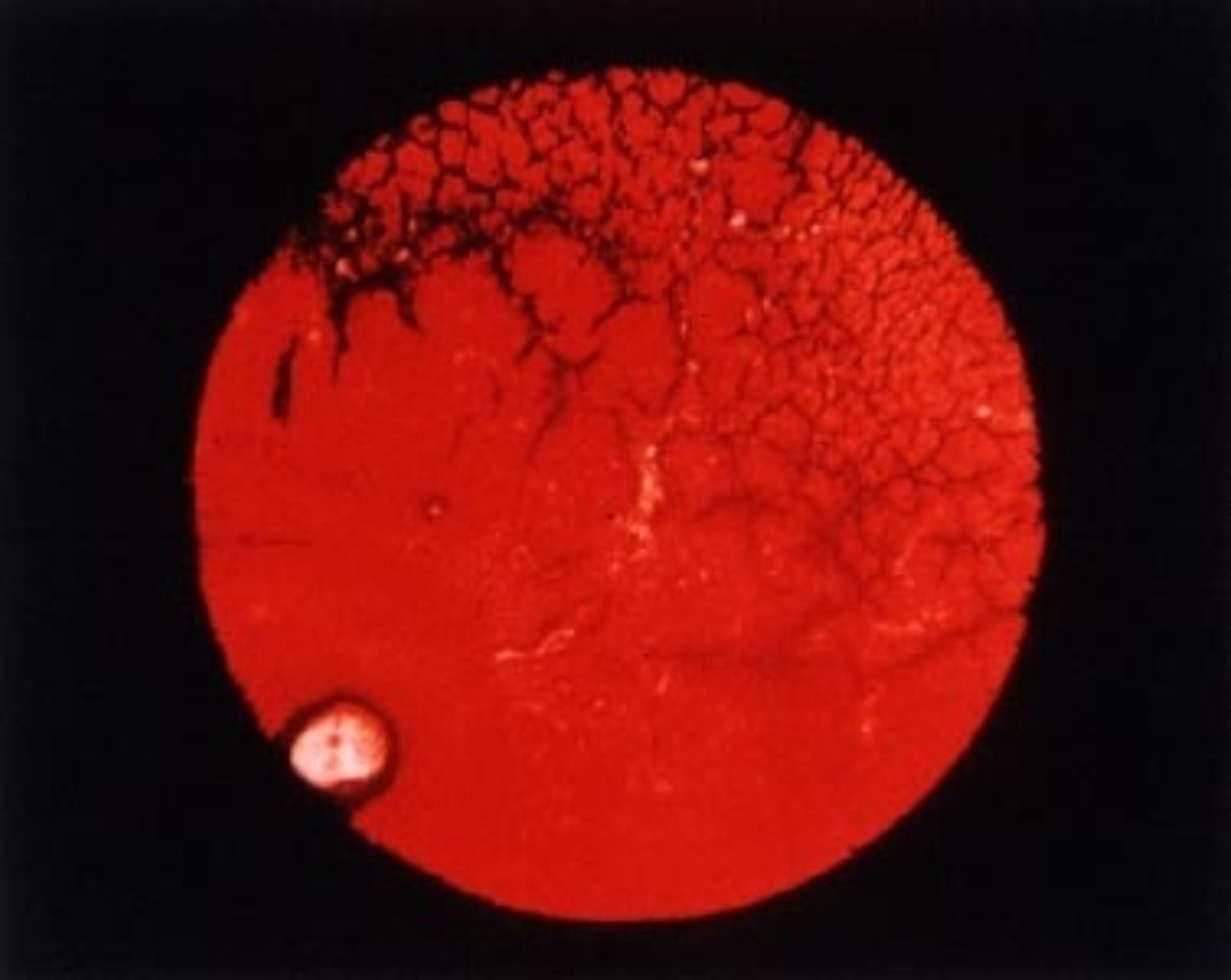















1
featured gallery for June 2009
Living Better
-Felix Gonzalez-Torres
In selecting pieces for this Web gallery, I found myself thinking about what art can make us consider in terms of politics. Or what art allows us to think, or helps bring to the surface of our thoughts and our conversations. I don't mean the idea that art can represent a politics, or reflect a politics. That would suggest "the political" already exists prior to a realization as art. Rather, I'm trying to think about a politics made possible by art -- and here I'm stretching what "art" means, and other words I might use are communication, expression, contact and exchange. I'm thinking as well about an art made possible by politics, so this is to think in some ways about how art and politics become the conditions of each other's possibility. Perhaps I am asking about how "art" and "politics" might be two different angles of approach on one conglomeration, or two ways of cutting into that conglomeration, each incision revealing a different set of connections and channels. I'm imagining a body that opens itself up to another body by folding itself out -- each gives the other and is of the other.
In some ways, the politics of the pieces I've drawn from the Archive are not so obvious; most of these pieces are abstract, formal, not representational. I think I was drawn to these pieces because of that, because of the non-obviousness of the politics they suggest. In an interview with ArtPress from January 1995, Felix Gonzalez-Torres said that abstract art is the most political art form, precisely because of its capacity to pass as non-political. It passes as such because it is understood as aesthetic or formal, attributes themselves thought to be without politics. He points to this passing, this posing as having no politics, as enabling abstract art to communicate and uphold the normative of a culture. Here, by "normative," I think we could be describing those systems of oppression and meaning that sometimes are difficult to point to because they are not seen to be there, even as they are felt, even as those systems exert pressure on us. Though Gonzalez-Torres meant to undermine the claim of some abstract artists (and their commentators) that art could be without politics, he also reminds us to think about how our politics/art/thinking might have relationships to the normative other than those we intend, or can see.
Thinking about the abstractions of art, and of politics, I'm thinking also of the work of Gilles Deleuze, a writer known for a complicated writing style that tried to produce new angles for seeing/being in the world. Deleuze once wrote that the problem with theory was not that it was "too abstract," as critics might accuse his work of being, but that it is not abstract enough. By this I think Deleuze meant to express the idea that theory (and here I think we could substitute politics, or art) must strain to stretch past itself, a task it will fail at but must attempt nonetheless. Theory is not abstract enough in that is too caught up, as are we, in existence as it is given. To become abstract enough is to capture (or grab some sense of) those conditions of our possibility, the conditions that give us these questions of politics and art, and of thinking.
Of course Deleuze, like any of us, was not able to become abstract enough, even as he strove to produce new relationships between thought and politics. Gayatri Spivak points this out when she draws attention to the historical conditions in which all knowledge production, including that of a theorist, takes place. In "Can the Subaltern Speak?" Spivak shows that Deleuze and other post-structuralist thinkers fail at their task (a task Deleuze might describe as becoming -- abstract enough) insofar as they do not sense their own conditions of possibility, which Spivak points to as European imperialism and colonialism. So we could say that this lack of awareness on the part of Deleuze means his work inadvertently does what Gonzalez-Torres warns about -- confirms and extends normative aspects of our world. If Deleuze encourages us to stretch past ourselves, Spivak reminds us how difficult that may be, how hard it is to think of how we come to be in the world, how we come to pose the questions we do. As a white non-trans queer male, doing political work in multi-racial, multi-gender activist communities has encouraged me to stretch in just this way, and it is these experiences (their difficulty, their promise) that lend me impetus to re-think politics and thinking and art.
So here are some other ways to pose the questions with which I started: What new thoughts could we be having? What other ways might we find of thinking about politics and ideas and forms for communicating both, or making contact through them? I think these are always the right questions to ask (well, always a few of the very many questions we should ask). So if this is not the only time to ask these questions, it is still a good time. This month, June 2009, marks the 40th anniversary of the Stonewall Riot, and this anniversary is one of the reasons some of these questions about politics and ideas have surfaced for me again. We might think right now about the relationships of lesbian, gay, bisexual, two-spirit, trans and gender non-conforming politics to the radical potential expressed and realized in the rebellion at the Stonewall Inn against state-sanctioned police violence. Right now is also a moment when we might think about the relationships of gay politics to the normative, the ways gay politics corroborate with and extend police violence, militarism, gender oppression, capital exploitation and racism, something Jasbir Puar has described as "homonationalism."
What politics might be and how we might think also are raised for me right now by the historical event of the U.S. election of an African-American president, as well as by the disappointments of the continuation of Bush regime neoliberal economics and military occupation. Just after Barack Obama's election, Manning Marable said the task for activists is to think about how we might act politically in a context that certainly is changed by the election, but which cannot deliver all of what we want and struggle toward. And so I am just adding to Marable's call, suggesting we think of how we think, communicate, express and make contact in the political conditions of our moment, conditions we strain to think about abstractly enough. Such thinking (or such art, or such politics) may help us construct that reality referenced by Gonzalez-Torres in the quote above, a reality that is not more true or more real, but a reality in which we can "live better."
* * *
In selecting pieces, I tried to engage how they might interact, and how those interactions might change the meanings of each, just as a piece of theoretical writing might make you look differently at a work of art, or a political event might inspire a re-thinking of theory. With this in mind, I grouped the works in four sets of four, with the last piece as its own set.
The first set consists of two pieces by Osvaldo Barrocal, one by Hamlet Manzuetta, and one more by Franz Jurgen Kottmann. The title of Barrocal's series -- Untitled/Pods or Cells -- inspired the set with its ambiguity, and brought to mind several things: the replication and mutation of ideas and politics; the pod as protective of growth; the "terrorist" cell; the cell of a prison, and the mutability of the prison; the extension of carceral space everywhere, but the prison also as a pod that nurtures political growth and resistance. The movement across the four pieces suggests a shifting around, a coming apart, an explosion: Can pods/cells be composed of radial lines?
In the second set, with works by Sam Tan, Rebecca Guberman, Tim Greathouse and another by Manzuetta, the relationship of cells to replication/mutation becomes explicit, in both Guberman's piece, called Blood Work, and again in the untitled piece by Greathouse, which recalls a series of glowing fingerprints. The other two works suggest an ordering process, the formation of a grid of intelligibility. In Tan's piece, Wanderlust, the technical and organic come together on one plane; the "grid" is rendered mobile, leaving it unfinished in the best sense -- open to other potentialities.
The third set for me offers some thoughts on history and change (always good to keep in mind when thinking politics) as each piece offers some kind of repeating with a difference, while also repeating forms and colors found across the earlier sets. In this way, I imagine the works, by Christian Grados, Christine Her, Joe DeHoyos and Stephen Andrews, as supplementing the first two sets with a remix. This reminds me of Gonzalez-Torres and his interest in engaging in art history, the history in this case being within this Web gallery. Thinking about history and politics, I especially like how in viewing the piece by Her, you can't tell if you are above and looking down into a three-dimensional space, or if you are already flat inside it.
In the fourth set, figurative representations emerge, but they are sketchy, as in another piece by Sam Tan, or obstructed by form or monochromatism. The pieces by Donna Haggerty, Childhood Memories, and Ronnie Queenan, The Beach at Midnight, suggest how time obscures. But time also clarifies -- the passing of time in our own lives distills experience, drawing out a single color; the arrival of night reveals the permeability of borders we thought were fixed (such as between night and sky). In Night Manouvres 2, again by Stephen Andrews, a flash of light obscures the operations of a desert scene (a military mobilization?), reminding us of what is not allowed to be seen or encountered, and asking us to consider what this means for politics.
The gallery closes with Pool by Jimmy DeSana. I thought it would be interesting to view this in the context constructed by the other pieces. In some ways, it offers the clearest representational imagery -- a figure in high heels suspended in a pool, two inflatable balls in the background -- but it is also quite heady and conceptual. At first I thought some sort of prosthesis was growing from the figure's head (wishful thinking?), though later it seemed to be an arm. I suppose the scene could call to mind some violence or death, but it suggested to me instead a weight lifted and held. It made me think as well of a pause or a break, and the pleasure and mystery in pauses and breaks.
